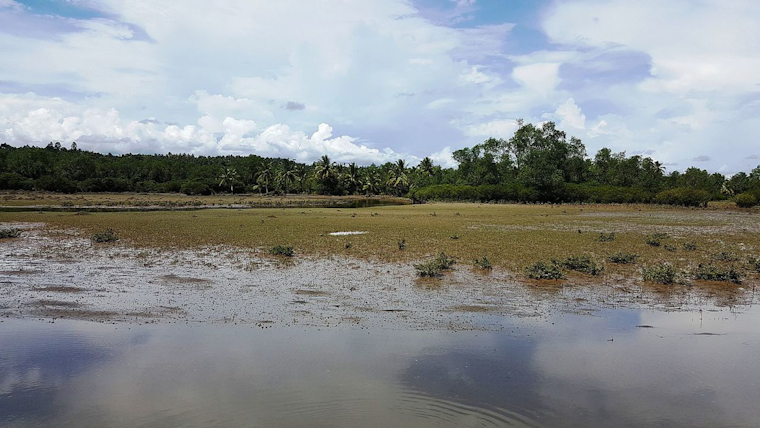
In the face of rising sea levels, it seems the planet has sprung a leak in the form of methane emissions from unexpected quarters. According to a study by Lawrence Berkeley National Laboratory and UC Berkeley, coastal wetlands release greater amounts of methane than anticipated. This throws a wrench in the somewhat optimistic view that these areas would become less conducive to methane-spewing microbes as they become more saline.
Taking a deep dive into the microbial life of 11 wetland zones, researchers shook the bedrock of former beliefs. Despite the common thought that increased saltwater would put the brakes on methane production because of sulfate, a very different narrative emerged. One restoration site, flipped from a grazing pasture to its original wetland state, was burping up high methane levels, notwithstanding the moderate salinity. And yes, you read that right: it's not only about the sulfate.
Scientists studied the composition of these ecosystems on a microscopic level, analyzing the DNA of bacteria, viruses, and fungi from soil samples, and tried to stitch together genetic clues with chemical and geological data to understand the methane mystery. The study, published in mSystems, outlined how the usual suspects – the methanogens responsible for methane creation- didn't align with the emission levels. Susannah Tringe, director of Berkeley Lab’s Environmental Genomics & Systems Biology Division, revealed, "We looked at how many methanogens are present in soils at these sites, and it wasn’t really well correlated with the amount of methane observed." Furthermore, the presence of methane-eating organisms wasn't providing a full picture either.
While the saltier sites generally followed the expected pattern of lower methane emissions, the odd one out continued to challenge the rule. Dennis D. Baldocchi, a professor of Biometeorology at UC Berkeley, pointed out that although this particular wetland may seem like a greenhouse gas geyser right now, it's expected to mellow down and morph into a carbon sink within a century or so. Restoring these wetlands is meant to put them on the 'eco-friendly' map, improving water quality and buffering biodiversity. However, this could be a slower burn for carbon capture than stakeholders were hoping for.
The implications of this finding suggest that the battle against climate change might have some unexpected foes lurking where we hoped to find allies. The microbial world is proving to be a more complex jigsaw puzzle when managing greenhouse gases. Case in point: When Duke University scientists experimented with soil cores from a coastal freshwater wetland and exposed them to different types of artificial seawater, they found that sulfate’s presence wasn’t the be-all and end-all for methane emissions. "So I think these experimental manipulations are reconfirming the story that there’s more nuanced effects of seawater intrusion than just a sulfate addition," Tringe told the researchers.









